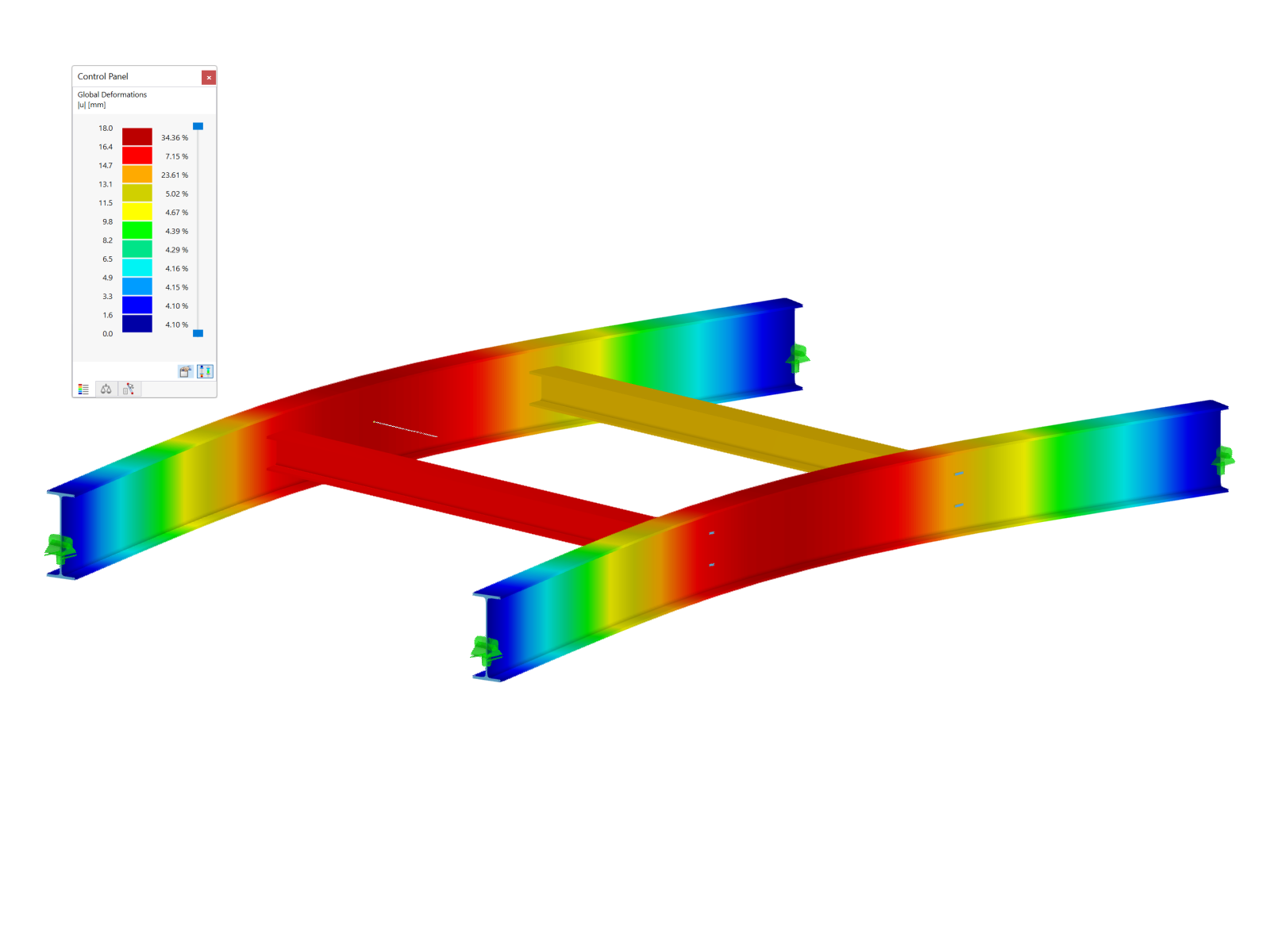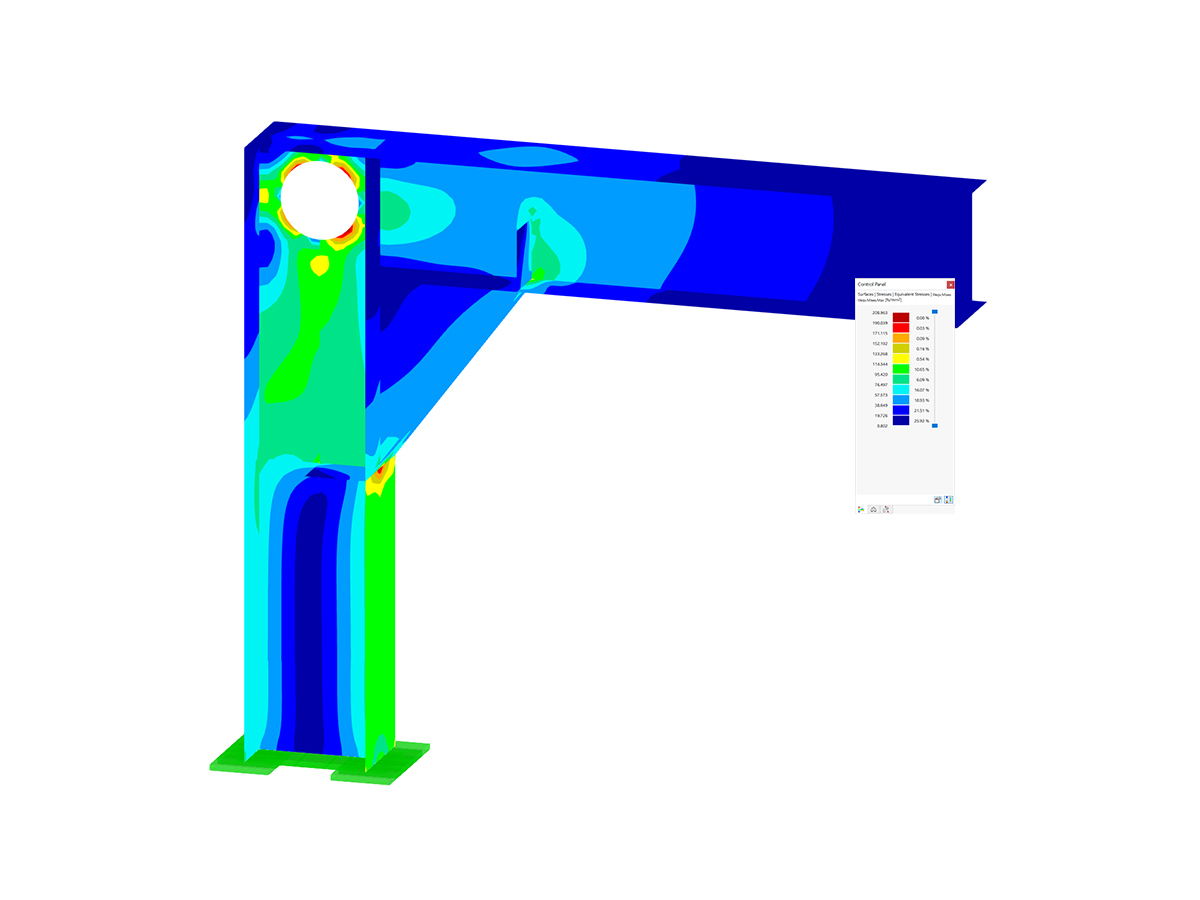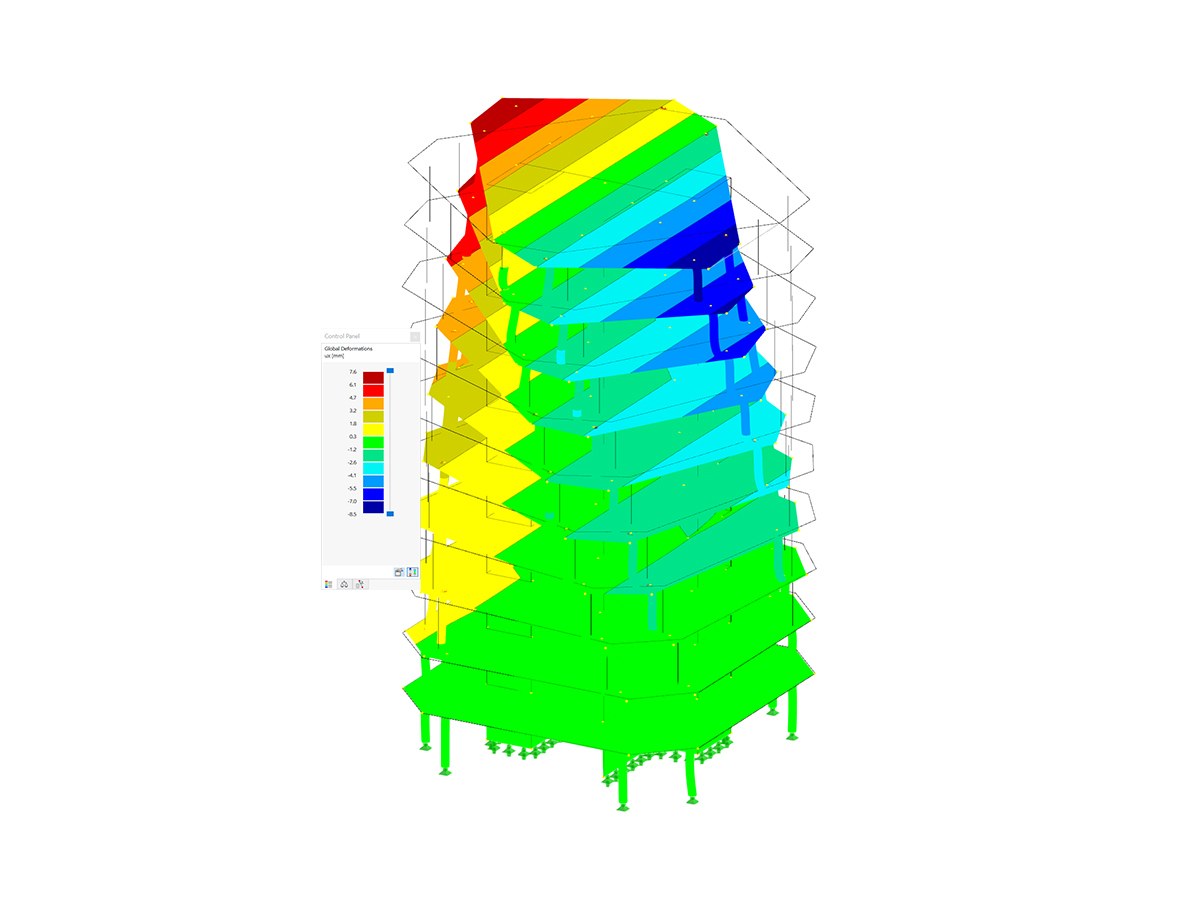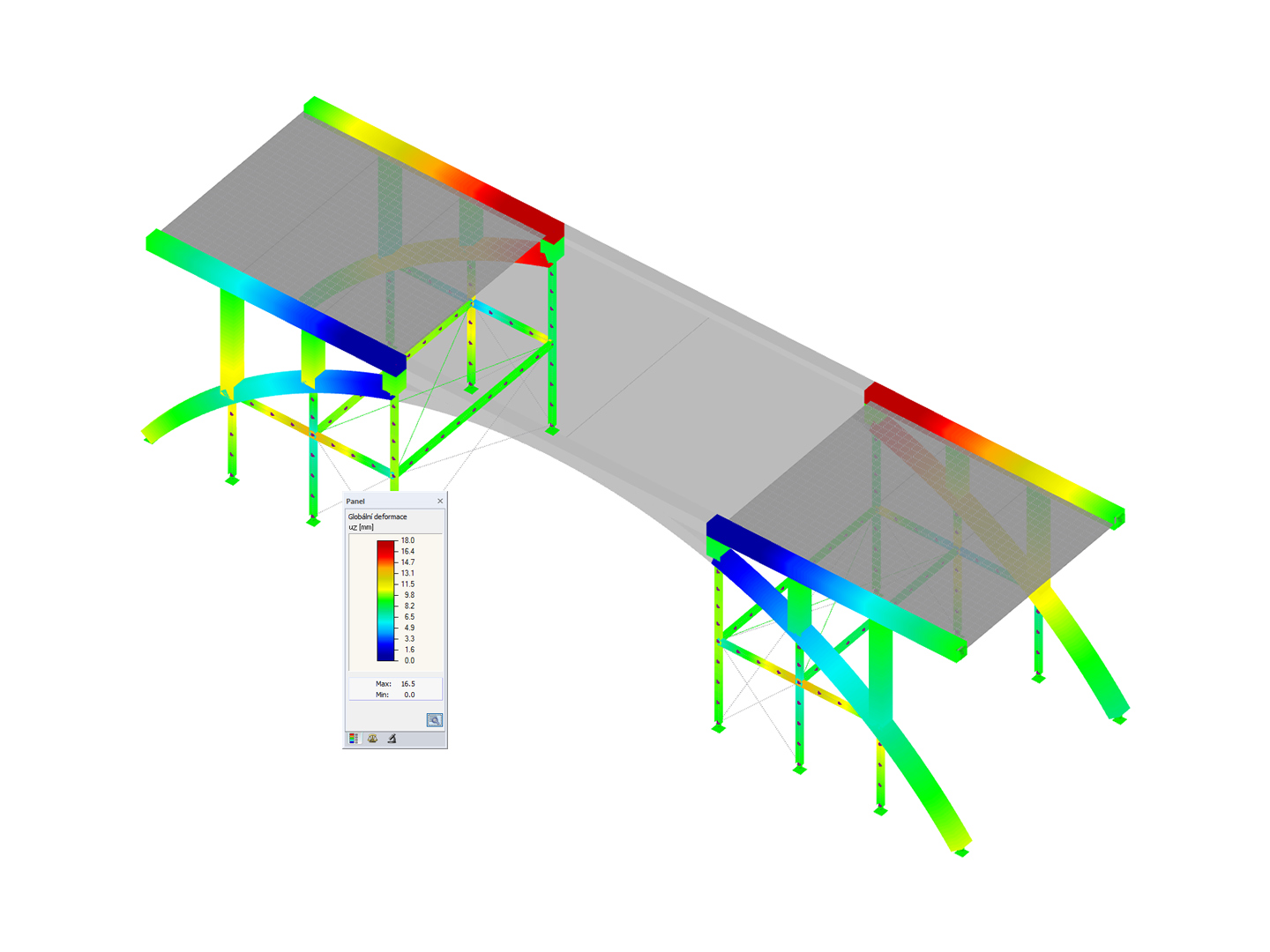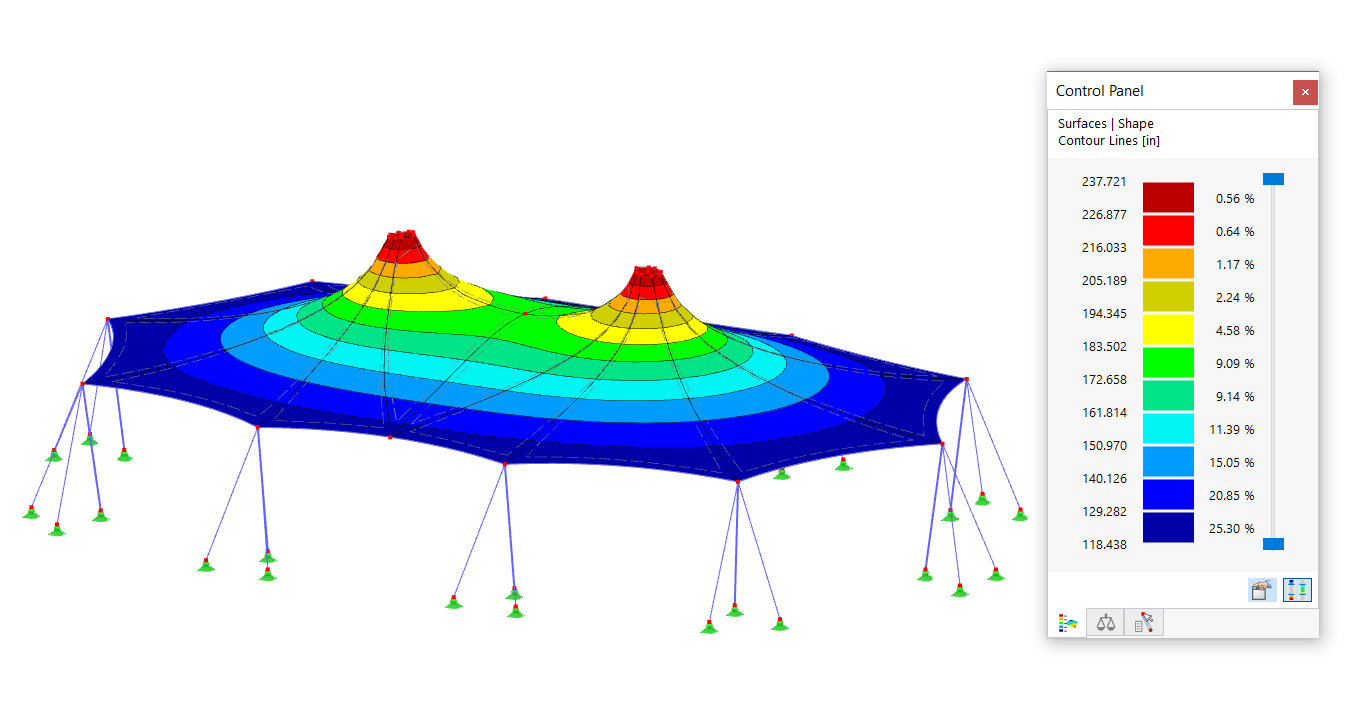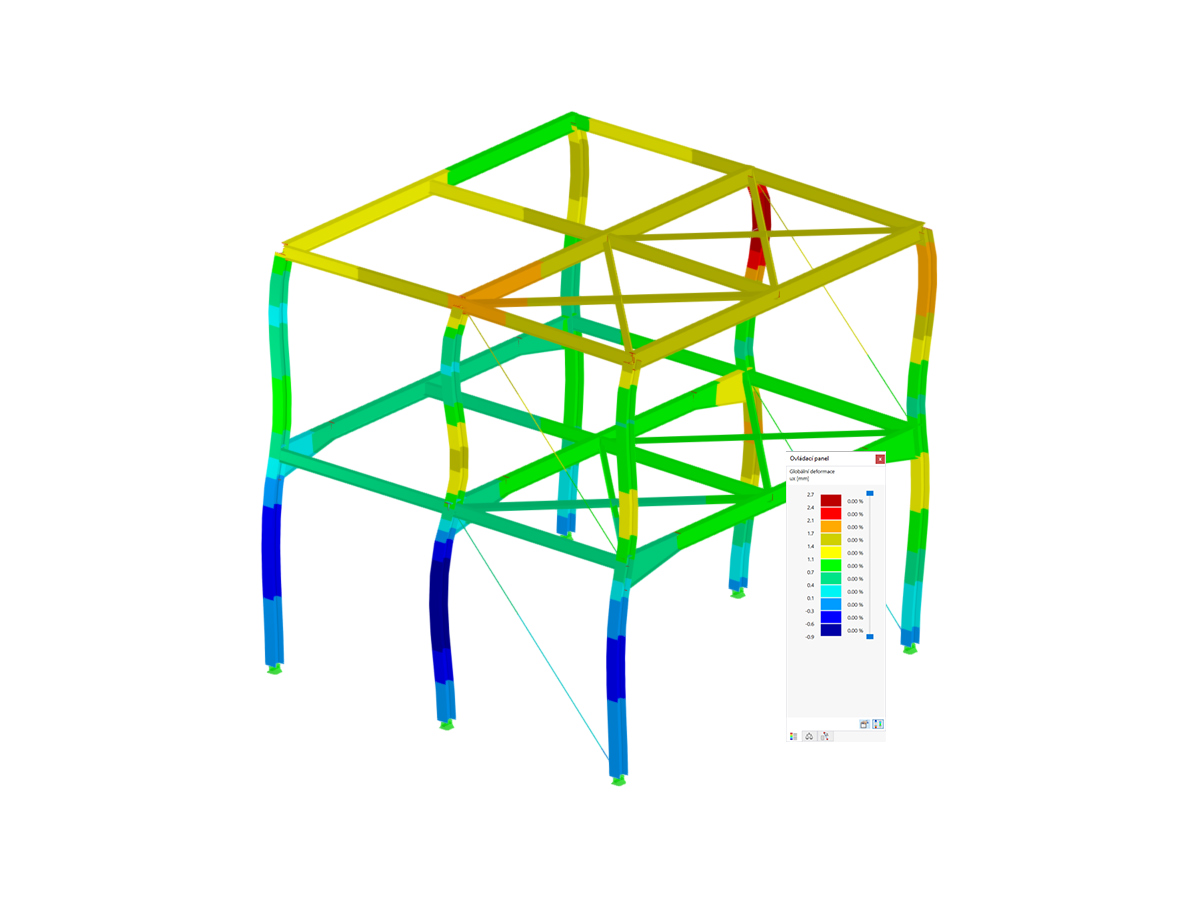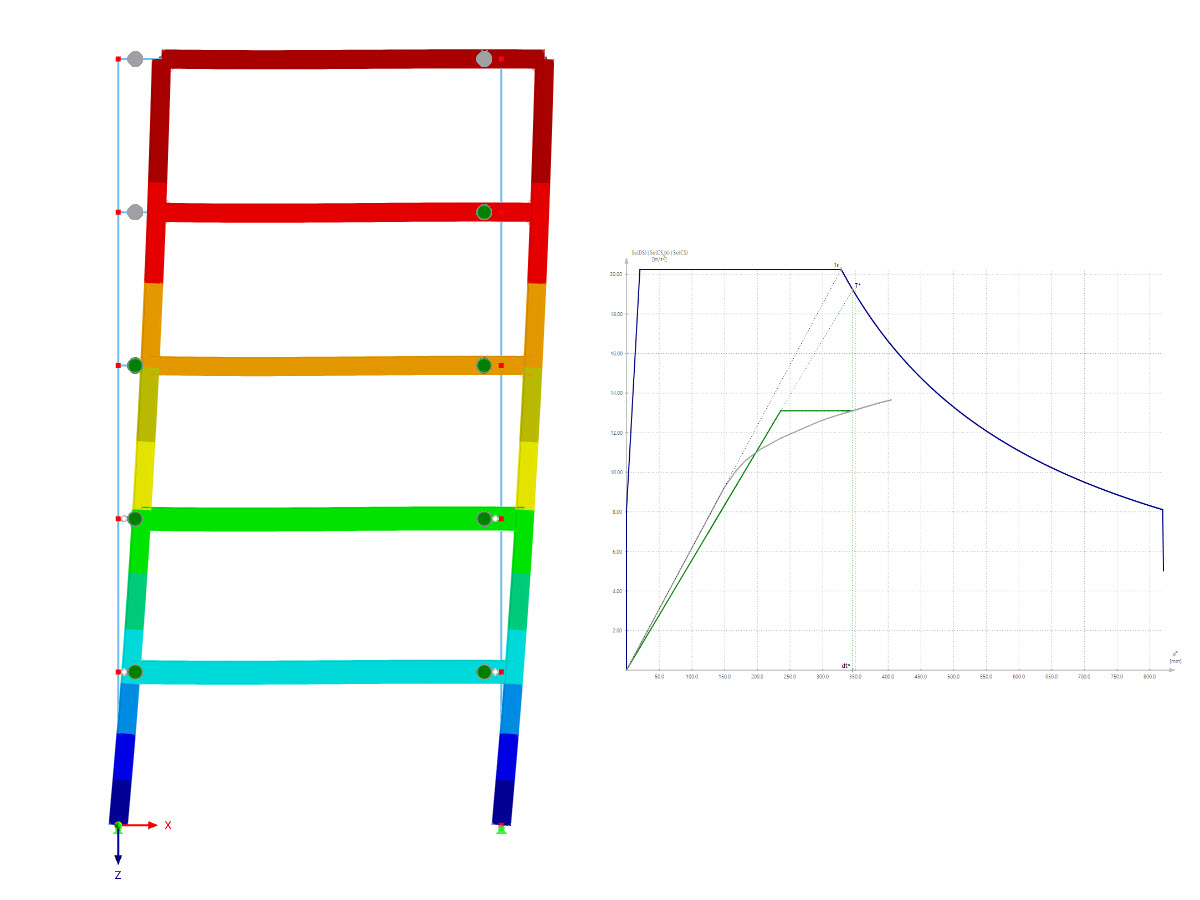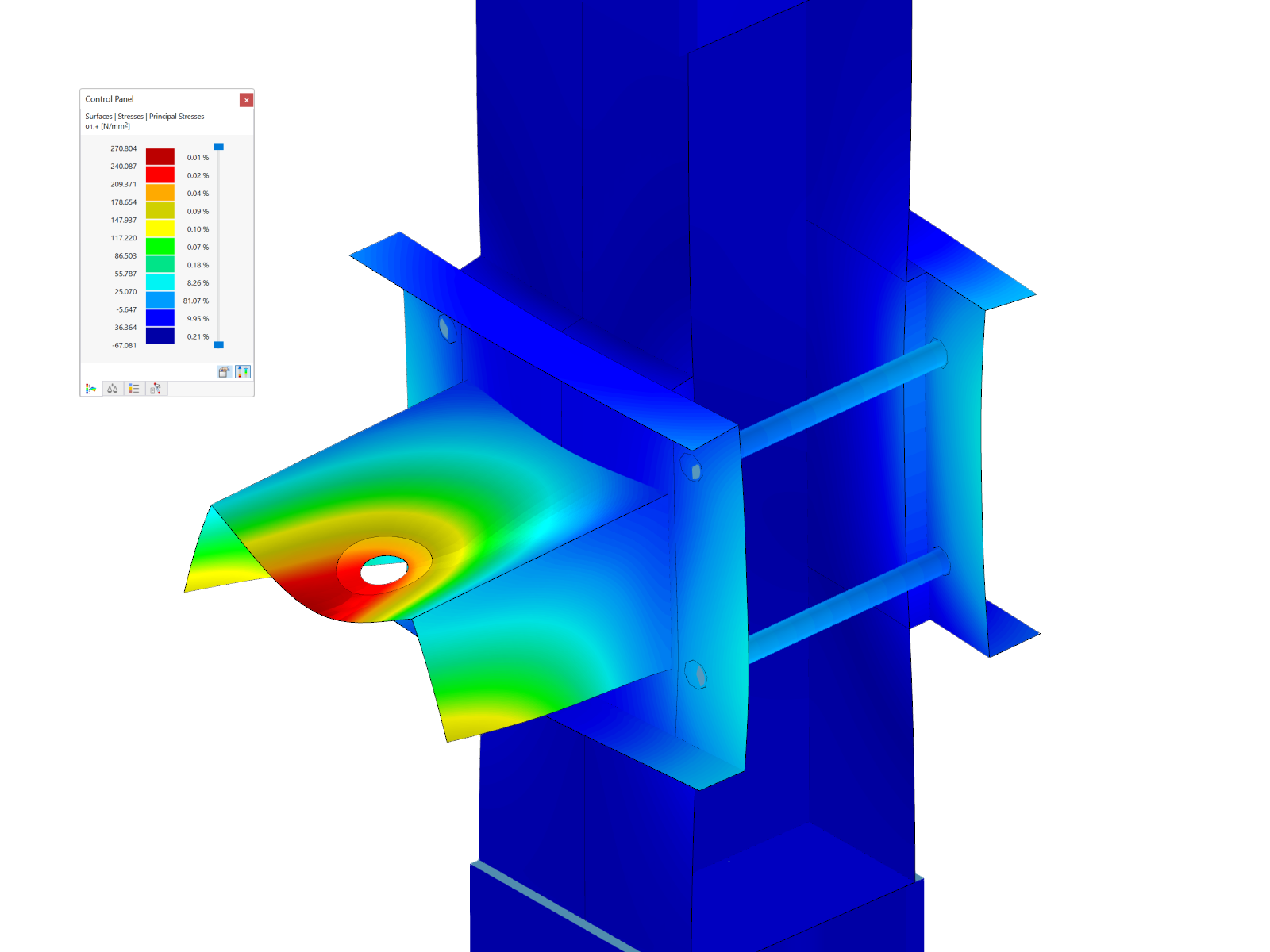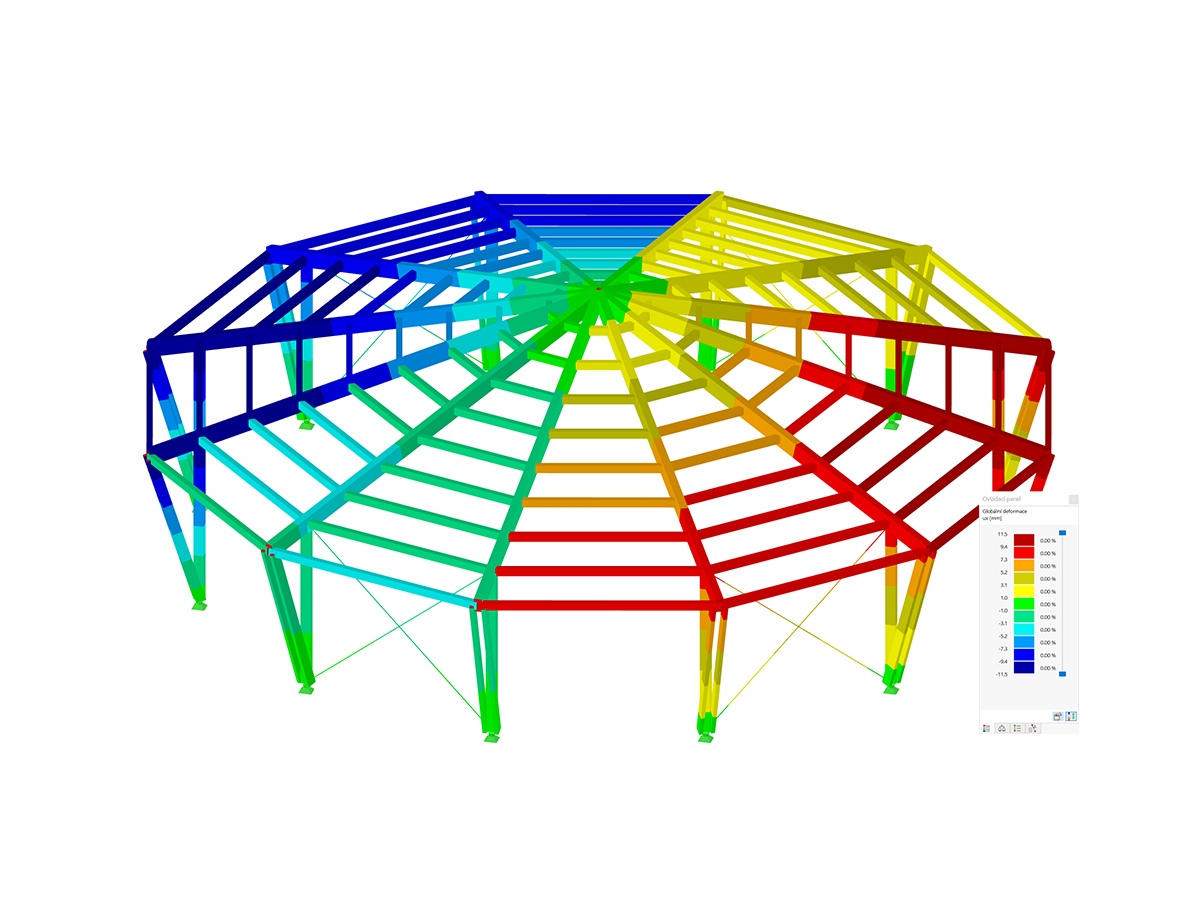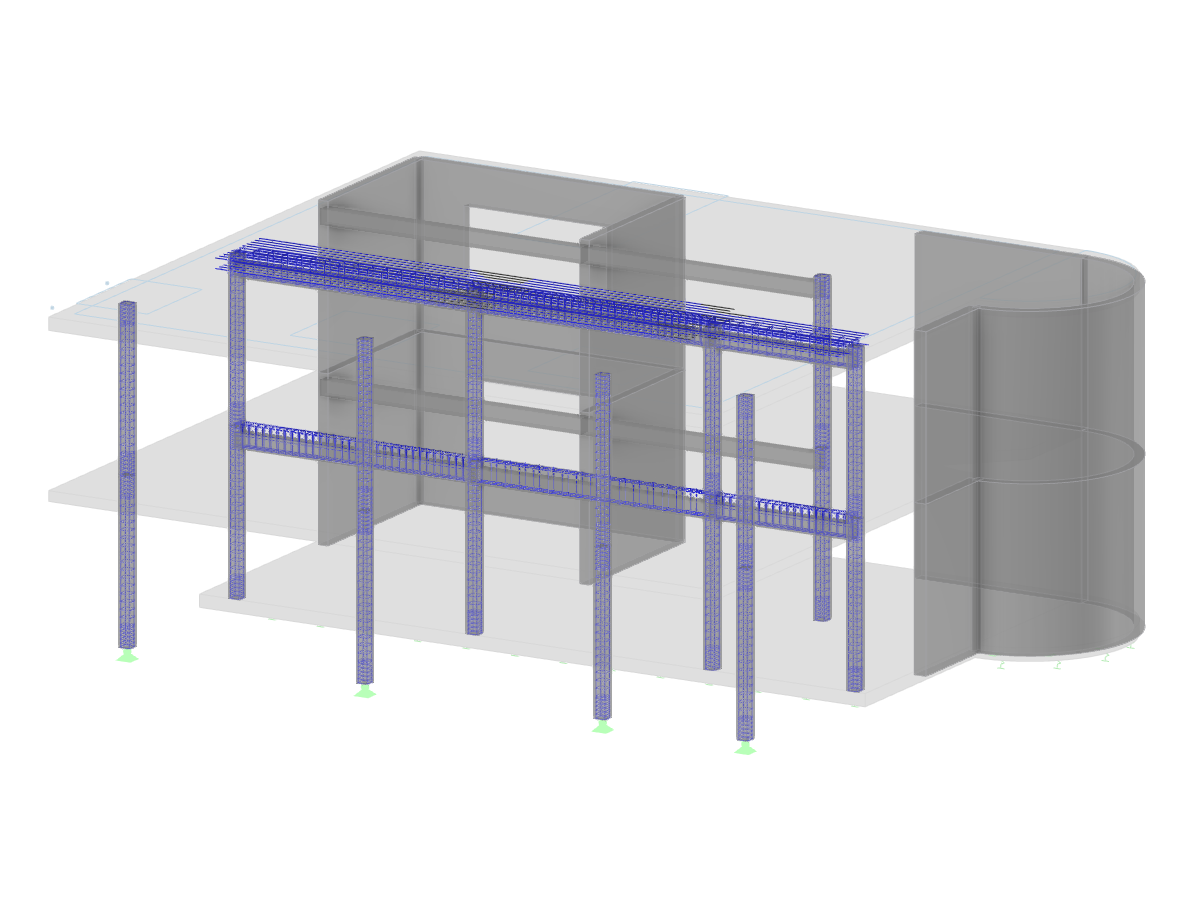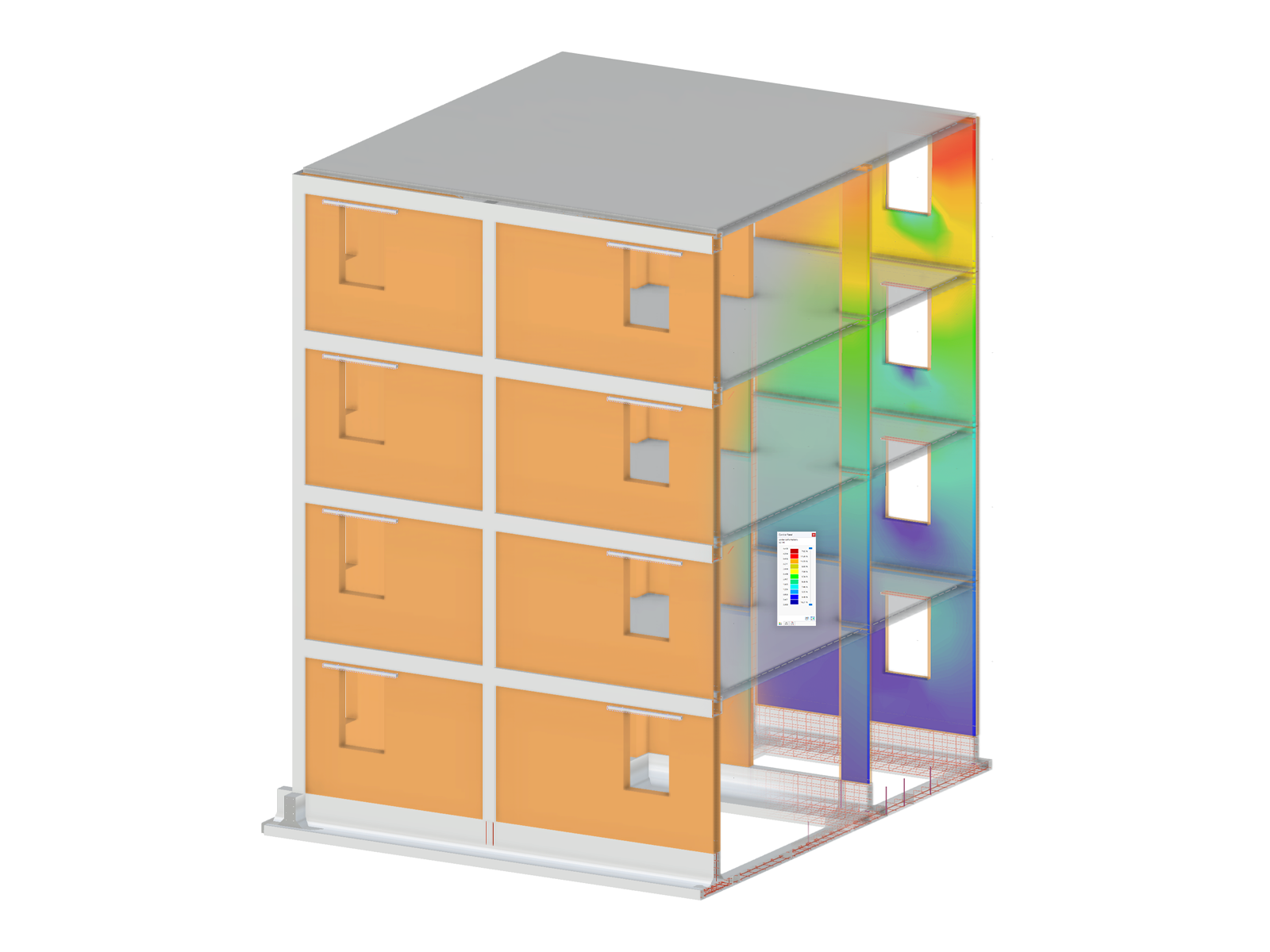Model of a reinforced concrete building.
- Eurocode 2 | Concrete Structures According to DIN EN 1992-1-1
- RFEM 6 | Basics
- RFEM 6 | Basics
- Eurocode 2 | Concrete Structures According to DIN EN 1992-1-1
- RFEM 6 | Dynamic Analysis and Seismic Design According to EC 8
- Eurocode 2 | Concrete Structures According to DIN EN 1992-1-1
- RFEM 6 | Dynamic Analysis and Seismic Design According to EC 8
- RSECTION | Students | Introduction to Strength of Materials
- XXVI Argentine Conference on Structural Engineering | Virtual edition
- RFEM 6 | Basics
- RSECTION | For Students | Introduction to Strength of Materials
- Online RFEM Training | Basic
- RFEM | Basic
- RFEM for Students | Part 1
- RFEM for Students | Part 2
- RFEM 6 | Basics
- Eurocode 2 | Concrete Structures According to DIN EN 1992-1-1
- RFEM | Basics
- RFEM for Students | Part 3
- RFEM for Students | Part 3
- Eurocode 2 | Concrete structures according to EN 1992-1-1
- RFEM | Structural dynamics and earthquake design according to EC 8
- Eurocode 2 | Concrete structures according to DIN EN 1992-1-1
- Eurocode 2 | Concrete Structures According to DIN EN 1992-1-1
- RFEM | Structural dynamics and earthquake design according to EC 8
- RFEM | Structural Dynamics and Seismic Design According to EC 8
- RFEM | Basics
- RFEM | Basics
- RFEM for Students | Part 1
- RFEM for Students | Part 2
- RFEM for Students | Part 3
- RFEM | Dynamics | USA
- RFEM | Basics | Arabic
- RFEM | Basics
- Eurocode 2 | Concrete Structures According to DIN EN 1992-1-1
- RFEM | Structural Dynamics and Seismic Design According to EC 8
- RFEM 6 for Students | Introduction to Strength of Materials | Apr 26, 2023
| 5 star | ||
| 4 star | ||
| 3 star | ||
| 2 star | ||
| 1 star |
Reinforced Concrete Building
| Number of Nodes | 243 |
| Number of Lines | 268 |
| Number of Members | 34 |
| Number of Surfaces | 42 |
| Number of Load Cases | 3 |
| Number of Load Combinations | 1 |
| Number of Result Combinations | 1 |
| Total Weight | 1431.378 tons |
| Dimensions (Metric) | 30.550 x 17.120 x 13.837 m |
| Dimensions (Imperial) | 100.23 x 56.17 x 45.4 feet |
| Program Version | 5.23.00 |

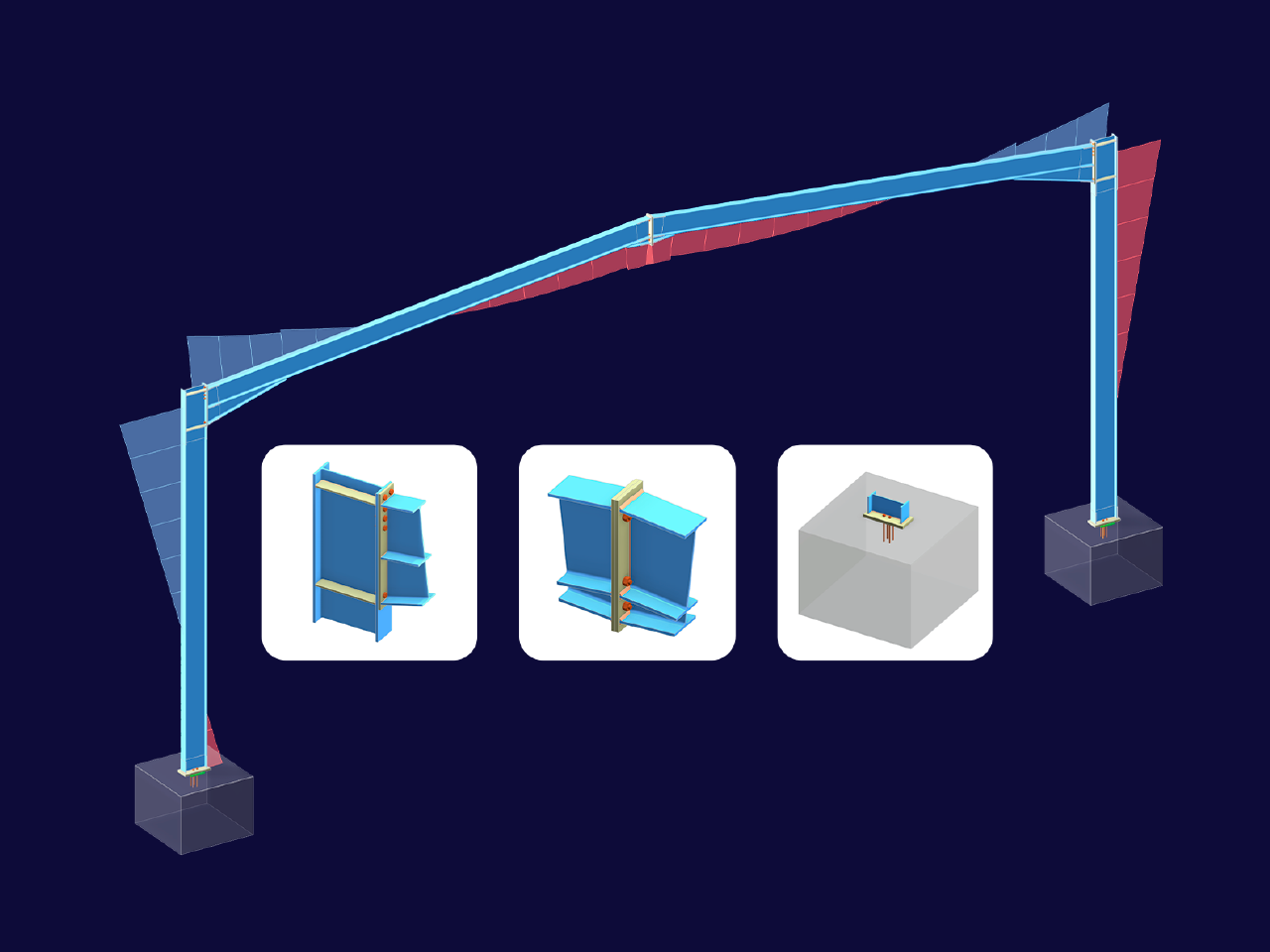
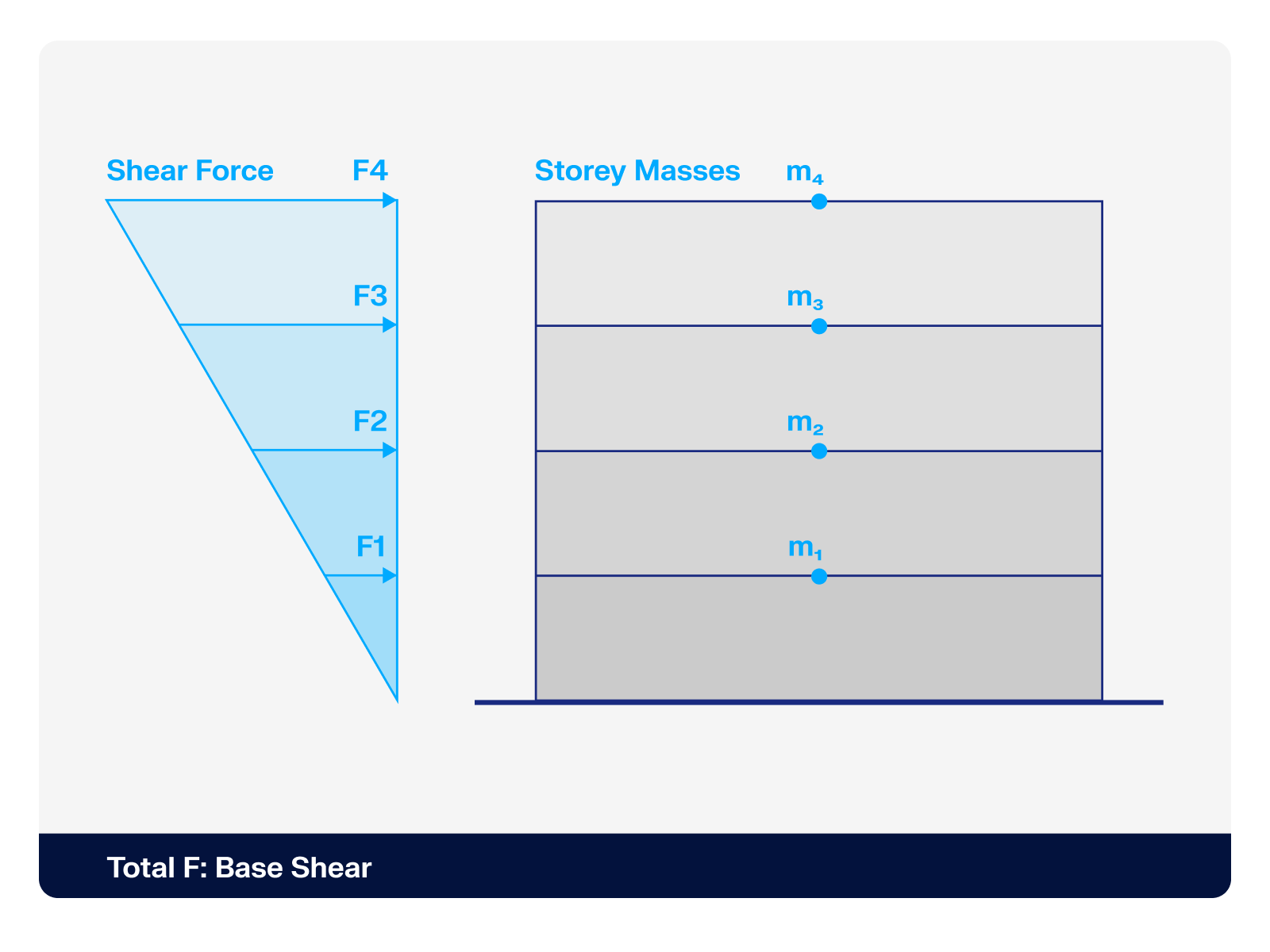.png?mw=512&hash=4a84cbc5b1eacf1afb4217e8e43c5cb50ed8d827)
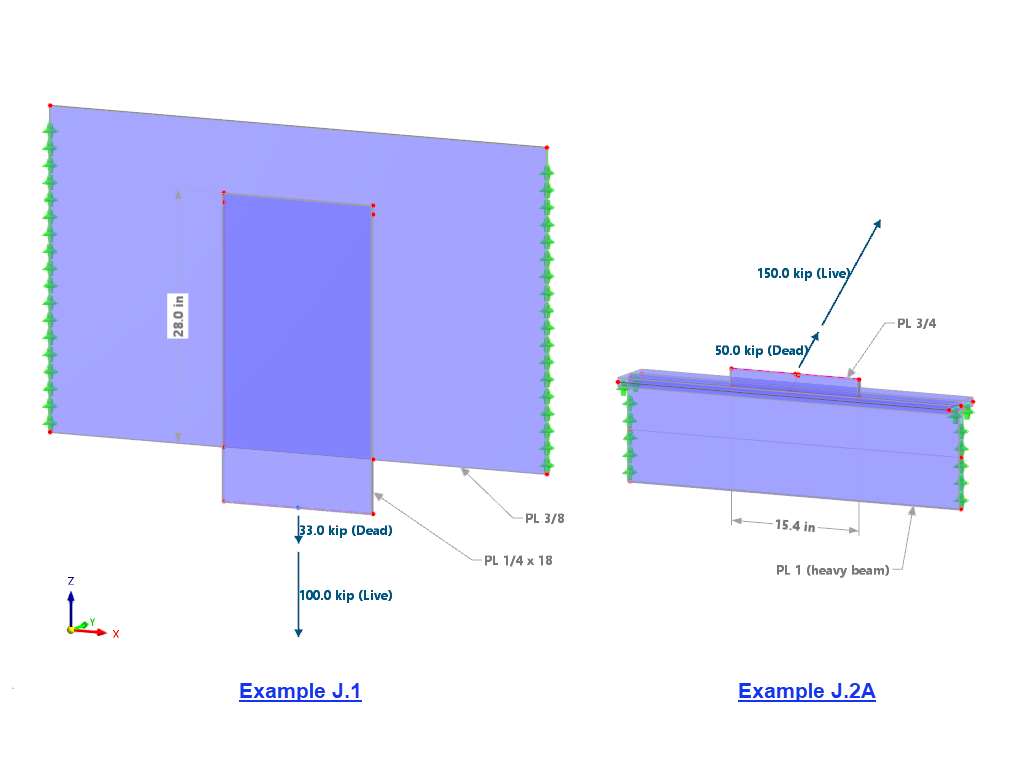
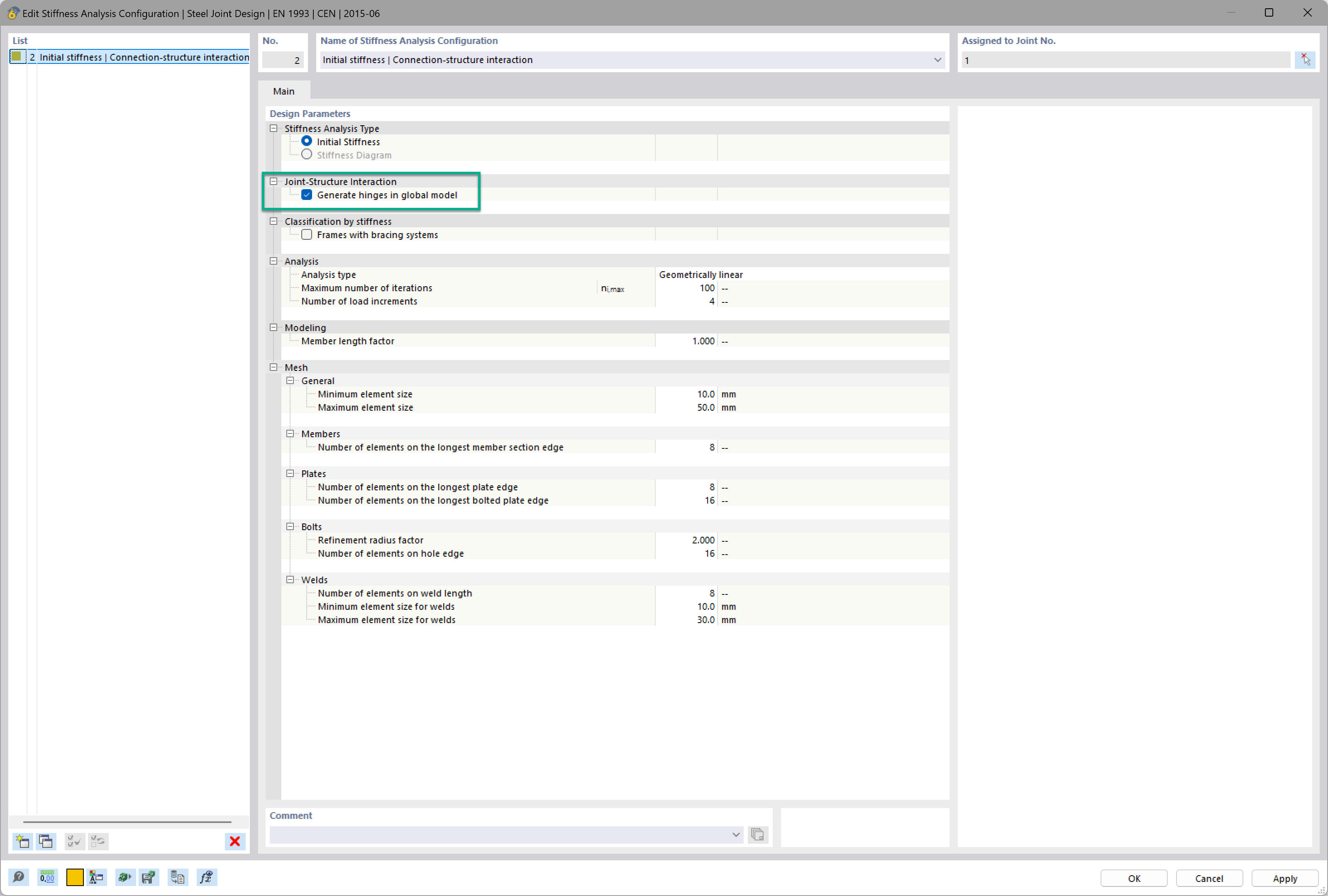
Want to automatically consider steel joint stiffness in your global RFEM model? Utilize the Steel Joints add-on!
Activate joint-structure interaction in the stiffness analysis of your steel joints. Hinges with springs are then automatically generated in the global model and included in subsequent calculations.
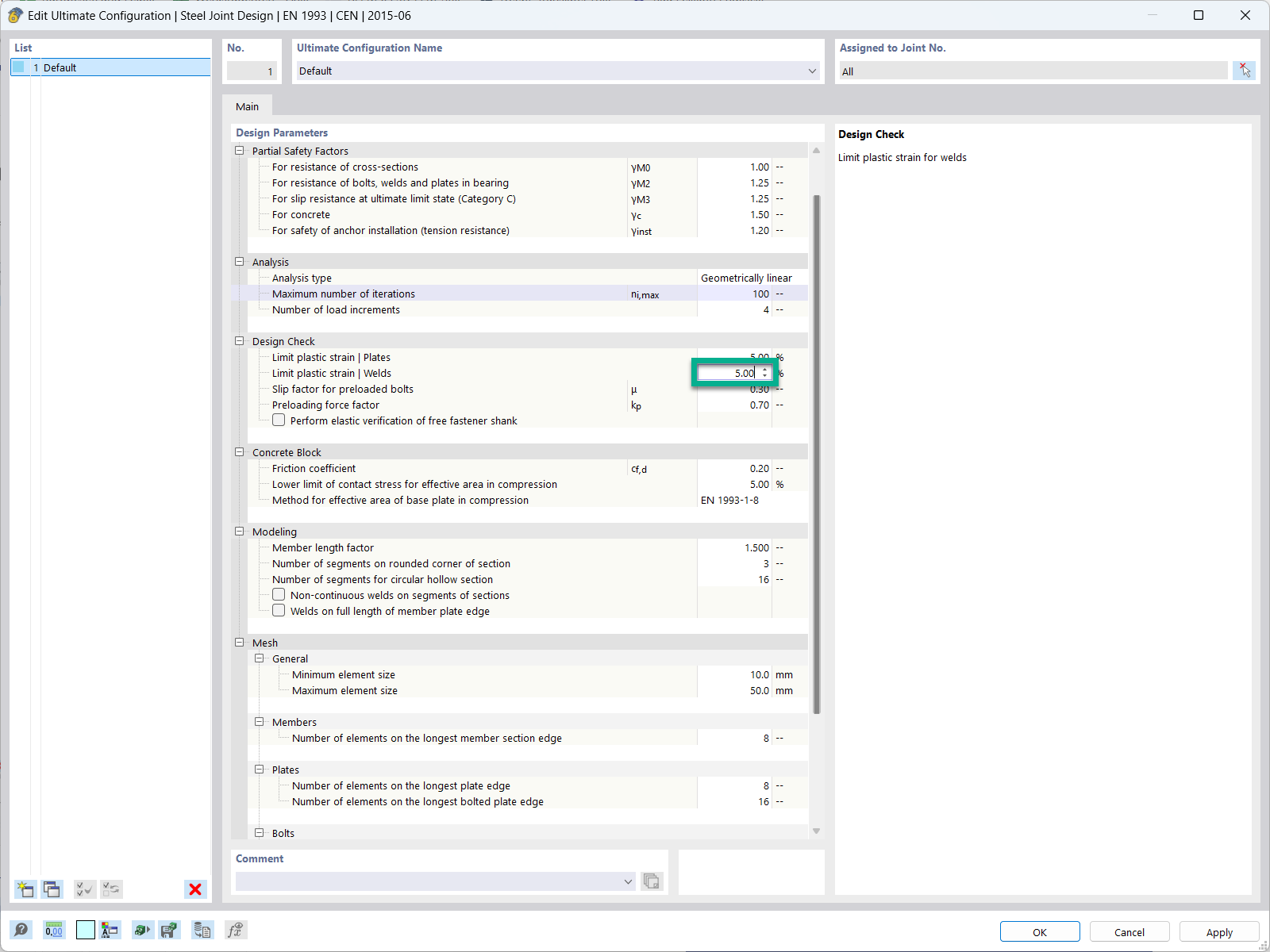
In the ultimate configuration of the steel joint design, you have the option to modify the limit plastic strain for welds.
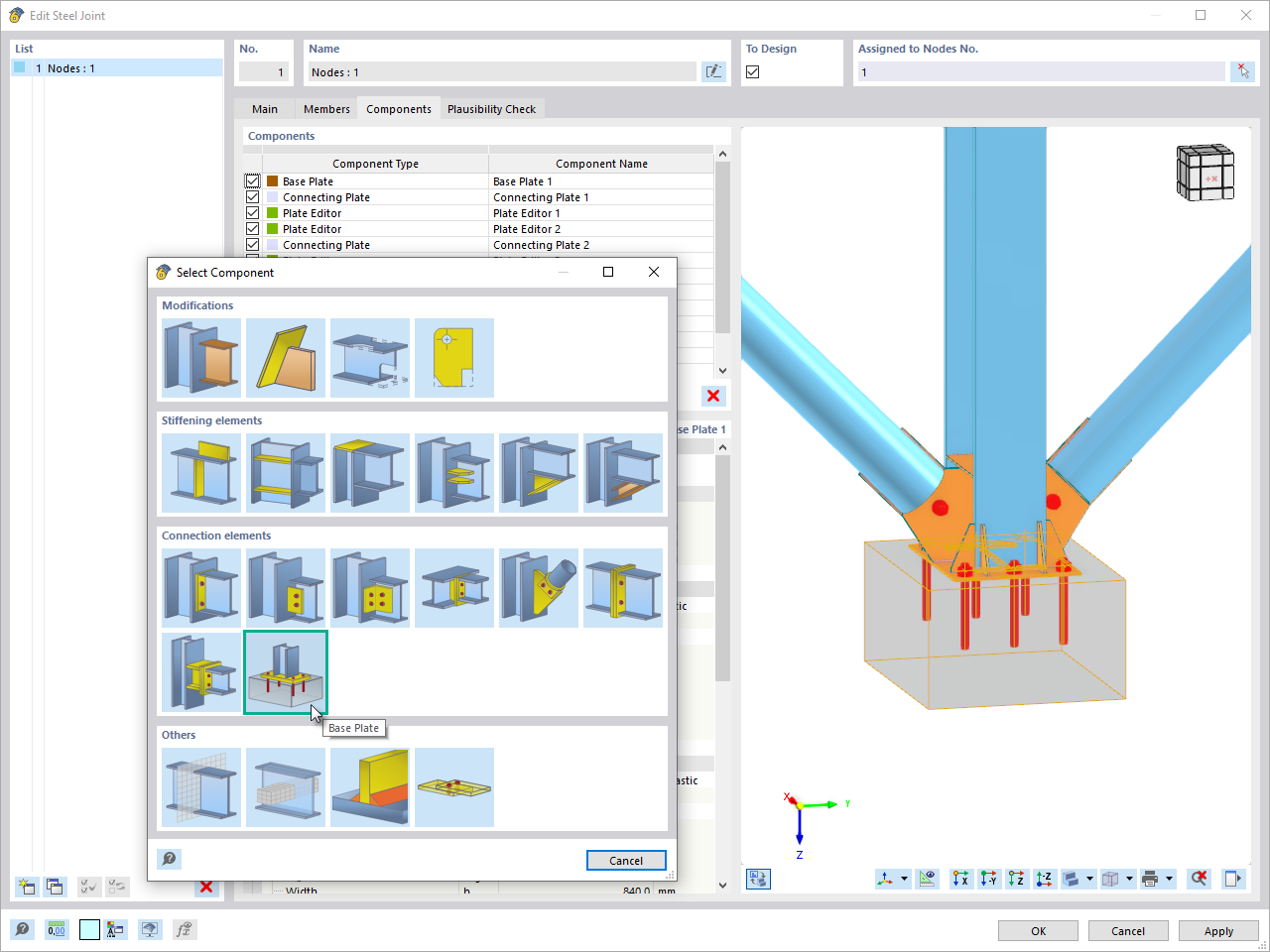
The "Base Plate" component allows you to design base plate connections with cast-in anchors. In this case, plates, welds, anchorages, and steel-concrete interaction are analyzed.
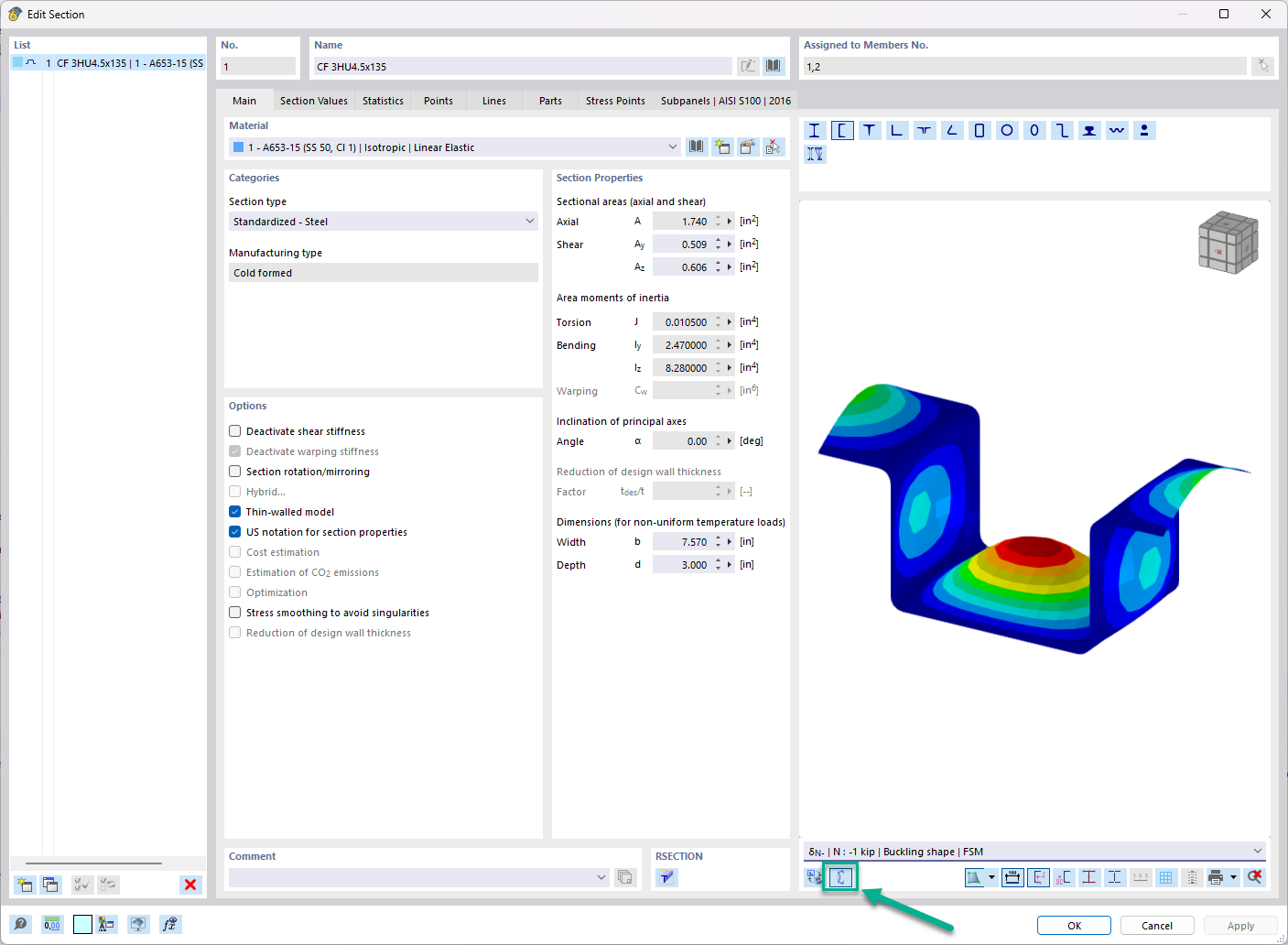
In the "Edit Section" dialog box, you can display the buckling shapes of the Finite Strip Method (FSM) as a 3D graphic.
In the Steel Joints add-on, I get high utilization ratios for preloaded bolts in the tension design. Where do these high utilization ratios come from and how can I evaluate the load-bearing reserves of the bolt?
How can treating a connection as fully rigid result in an uneconomical design?
Is it possible to consider shear panels and rotational restraints in the global calculation?

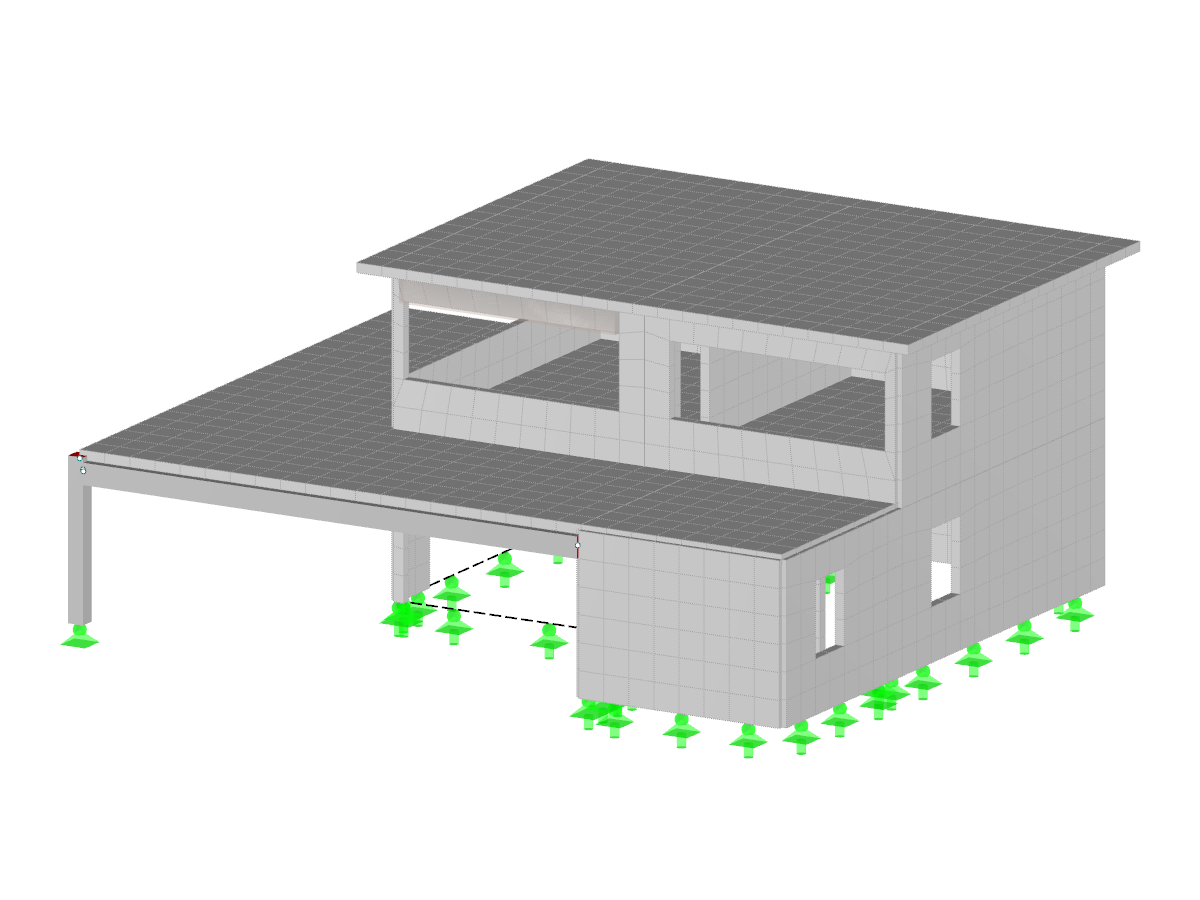
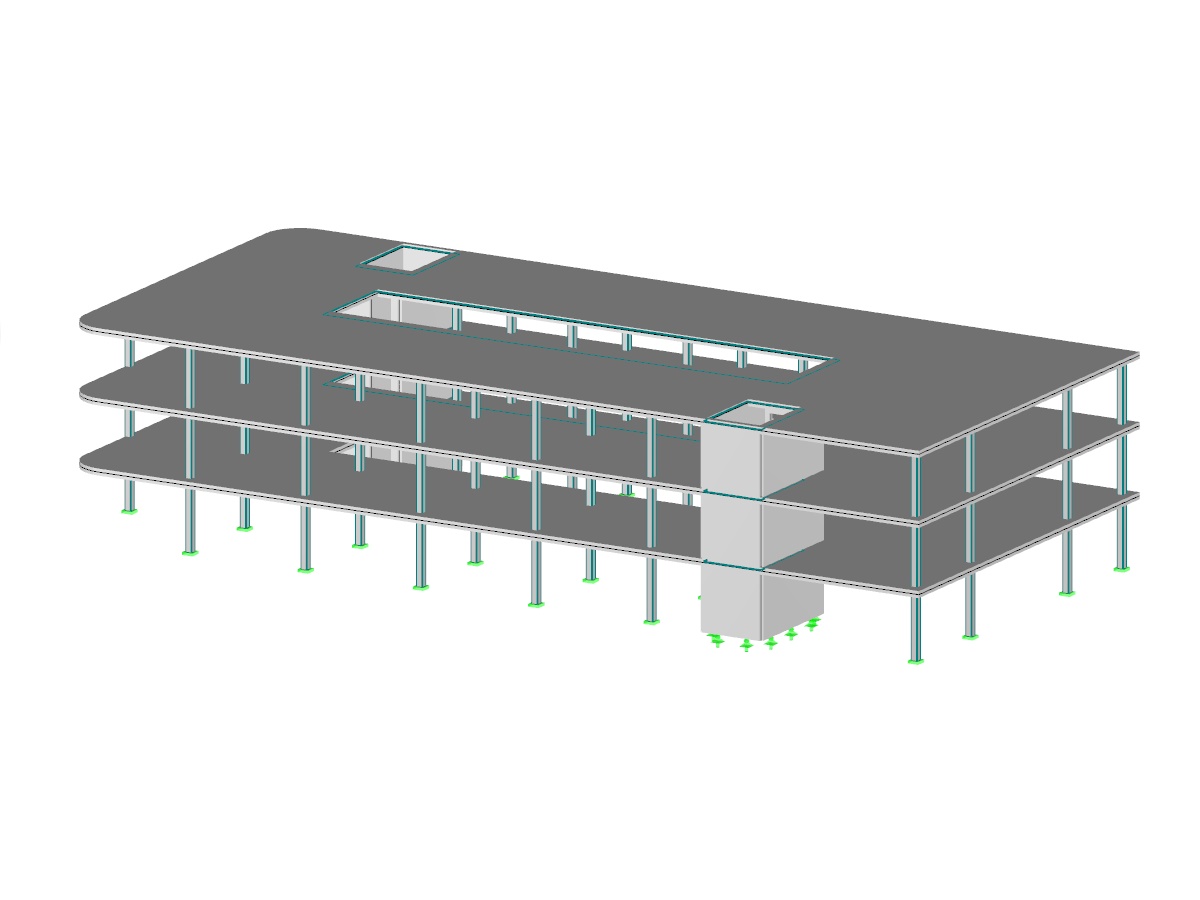















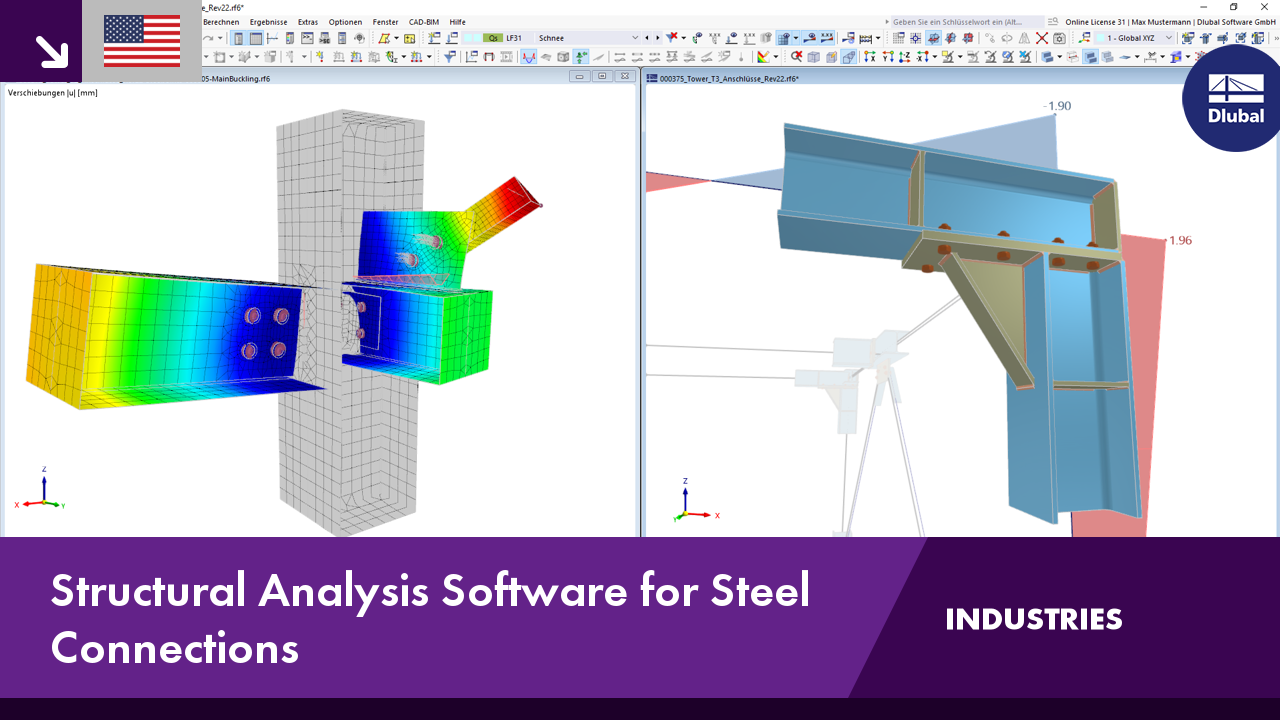.png?mw=350&hash=c6c25b135ffd26af9cd48d77813d2ba5853f936c)
























_1.jpg?mw=350&hash=ab2086621f4e50c8c8fb8f3c211a22bc246e0552)




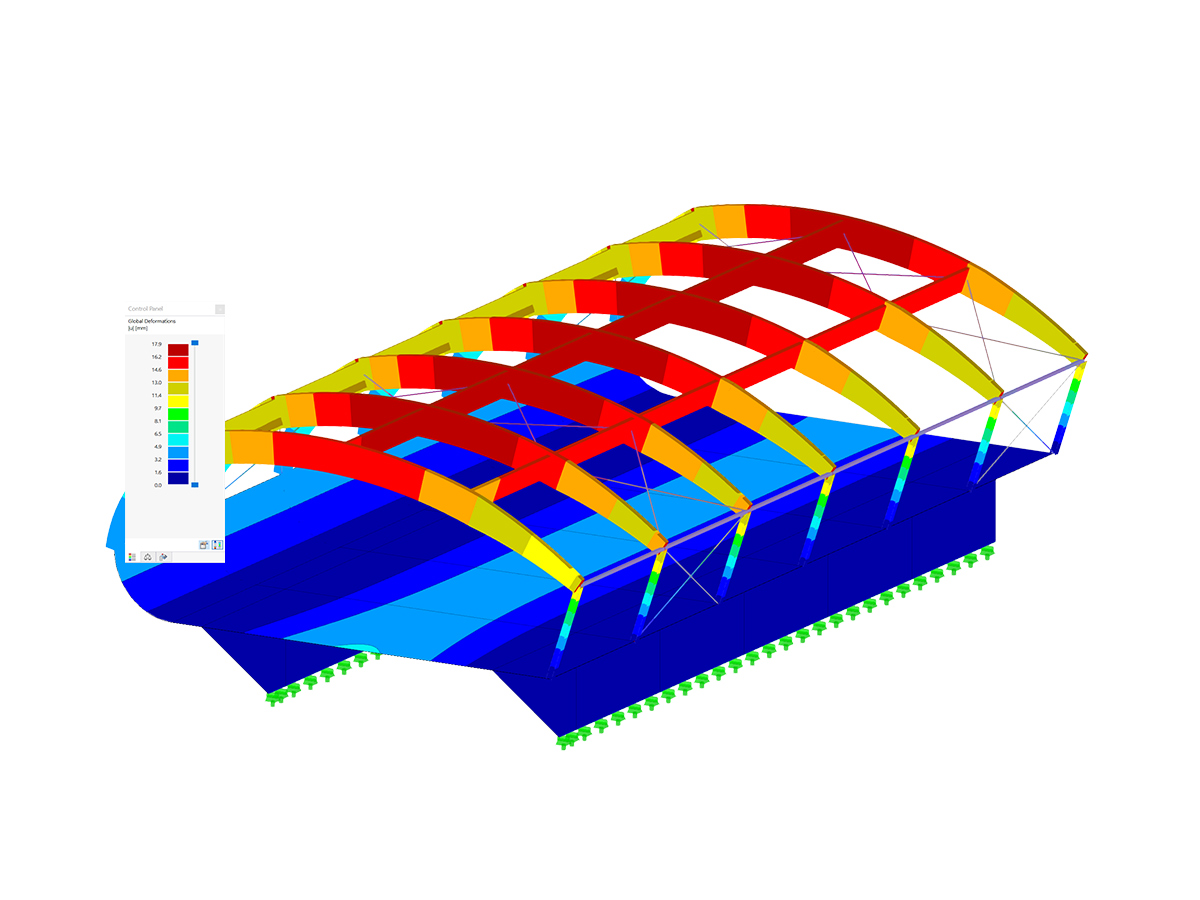
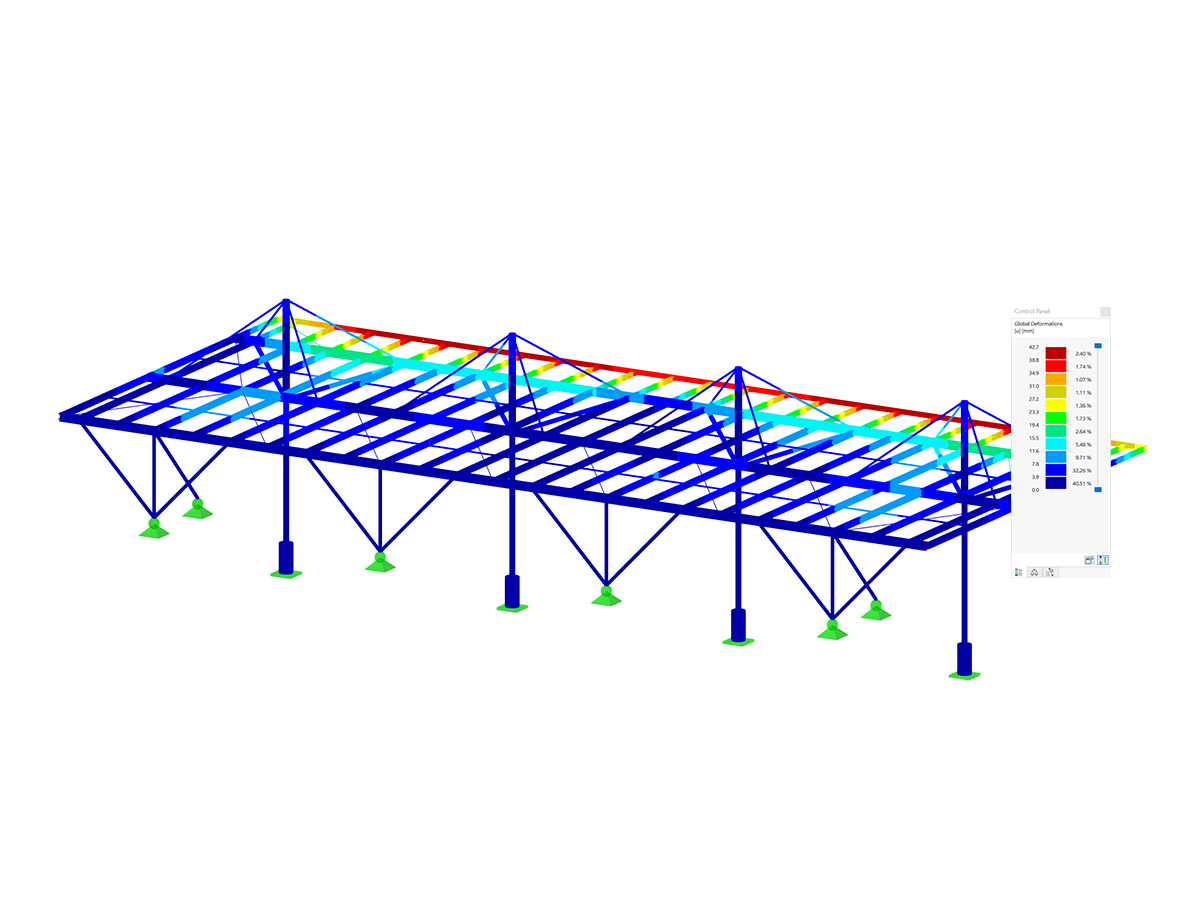
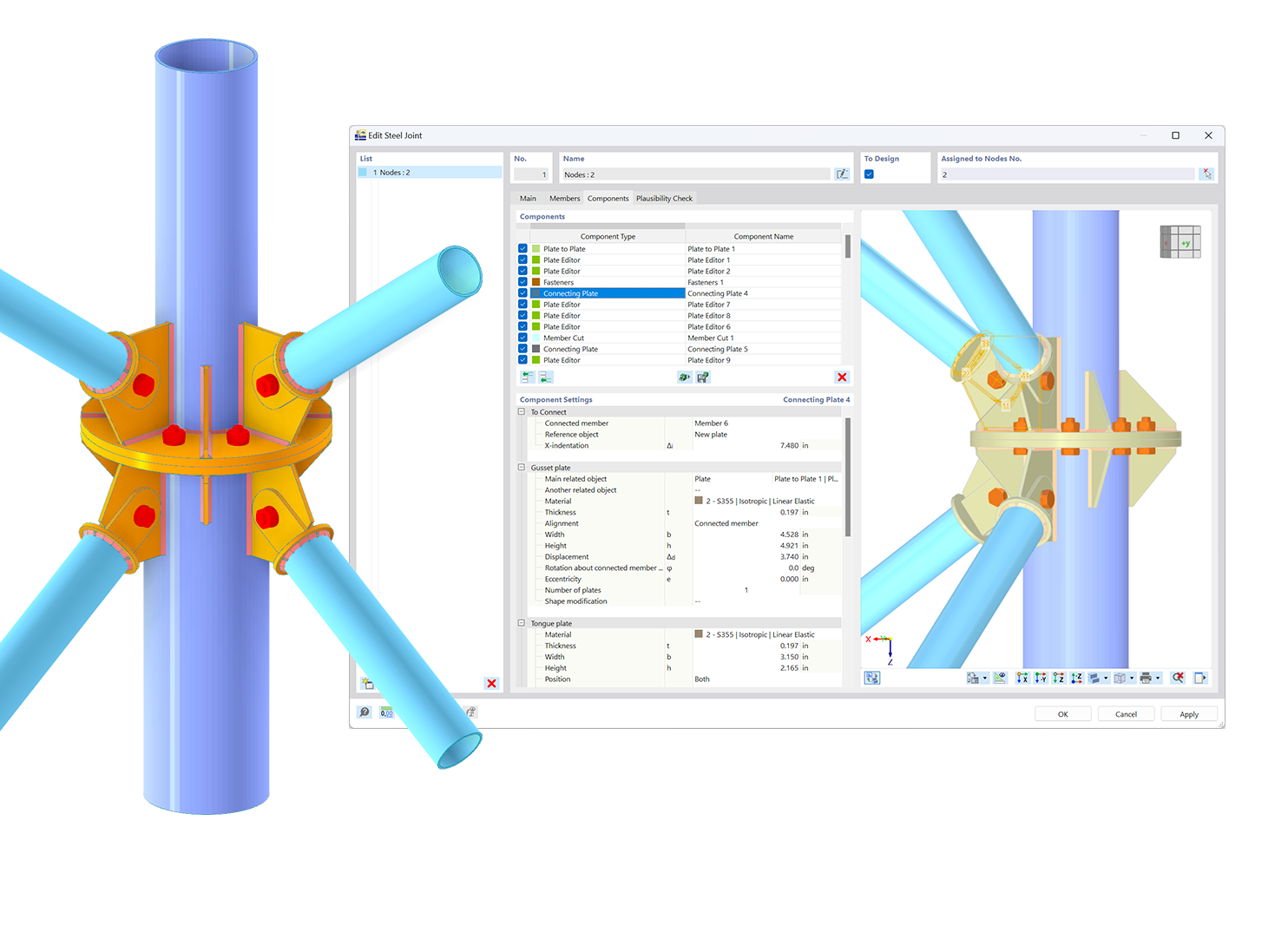.png?mw=600&hash=49b6a289915d28aa461360f7308b092631b1446e)
